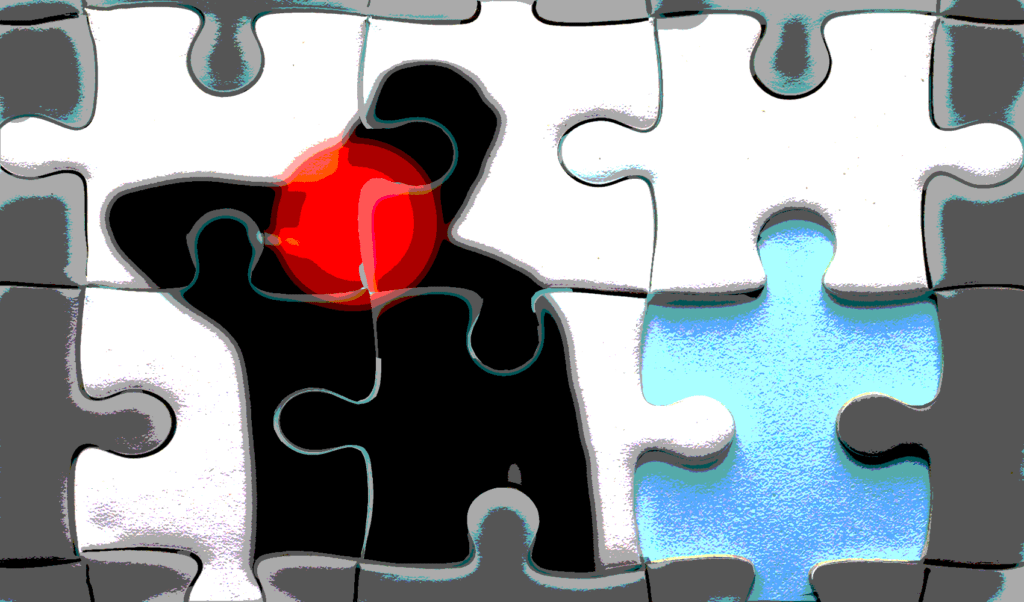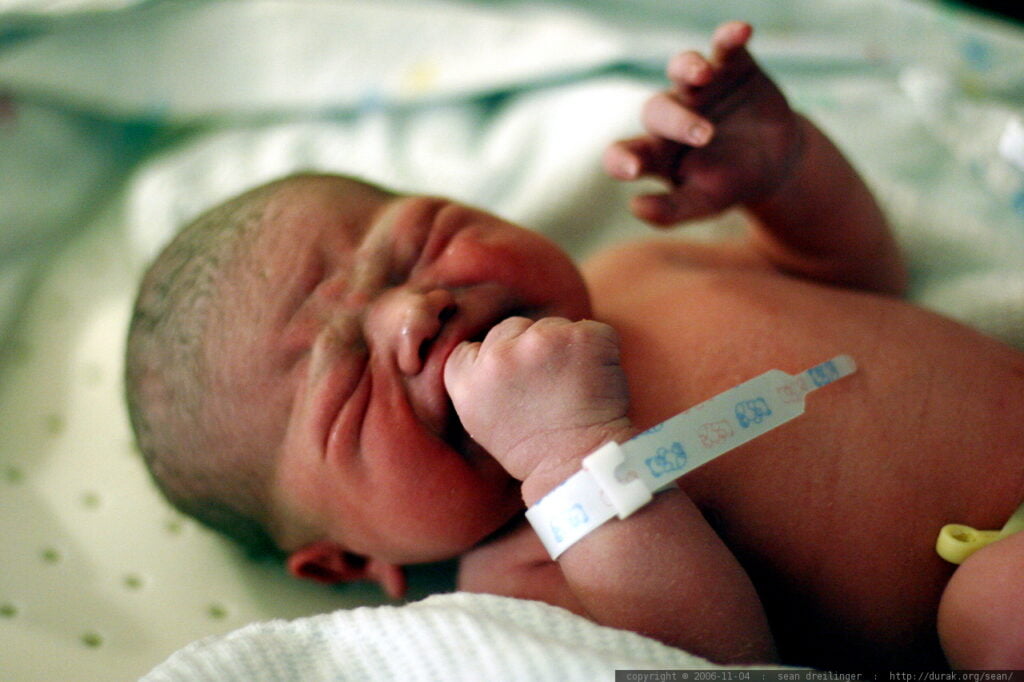We use cookies to improve your experience with Monash. For an optimal experience, we recommend you enable all cookies; alternatively, you can customise which cookies you’re happy for us to use. You may withdraw your consent at any time. To learn more, view our Website Terms and Conditions and Data Protection and Privacy Procedure.
Special Report: Pain treatment myths
Published on December 14, 2022Chronic pain affects 30 percent of all people, making it the number one reason for a visit to the doctor. 360info explores the myths of treating it.
 Pain is a complex phenomenon that consists of several interconnected factors. : Michael Joiner, 360info CC BY 4.0
Pain is a complex phenomenon that consists of several interconnected factors. : Michael Joiner, 360info CC BY 4.0
Chronic pain affects 30 percent of all people, making it the number one reason for a visit to the doctor. 360info explores the myths of treating it.
Pain is a mysterious thing. Despite having fully healed from injury, many people continue to experience pain. When it lasts three months or more, it’s described as “chronic pain” and doctors are starting to believe it’s a separate condition from the injury that might have caused it. Certainly, doctors take a different approach with chronic pain. Short-term pain is usually addressed with pain killers. But over prescription of these has led to the ‘opioid crisis’ gripping the USA and spilling to other countries.
Stemming from the belief that chronic pain is caused by a constantly shifting combination of biological, psychological and social factors, doctors treat pain management as a multifaceted challenge. And while biology and psychology are — relatively — straightforward to tackle, adjusting social factors is far more difficult.
One of the more pernicious social factors are myths. The myth that newborns don’t feel pain led to infants having open heart surgery without anaesthetic. As recently as 2015, the myth that babies don’t feel pain was still being dispelled.
Myths perpetuate people feeling pain, when their pain could have been relieved, or at least managed, if they had more critically weighed up different approaches.
Even the multifaceted approach to pain is itself subject to the myth that all pain is physical. As Professor Michael Nicholas, as pain expert at the University of Sydney wrote in the Pain journal last month, “across a range of current treatments for different chronic pain conditions, many treatments remain essentially unimodal with relatively little acknowledgement of other factors that might need to be addressed.”
REALITY CHECK
Pain is officially defined by the International Association for the Study of Pain as “An unpleasant sensory and emotional experience associated with, or resembling that associated with, actual or potential tissue damage.”
Pain is the most common reason people seek health care and the leading cause of disability in the world.
Chronic pain affects more than 30 percent of people worldwide.
BIG IDEAS
Quote attributable to Professor Michael Nicholas, University of Sydney:
“We now know that more comprehensive approaches that address biological, psychological and social contributors to persisting pain are more effective than treatments that target just the painful parts of the body.”
Quote attributable to Deborah Tolulope Esan, Afe Babalola University, Ado-Ekiti:
“In many developing countries, pain relief during childbirth is underutilised due to cultural myths and taboos.”
Quote attributable to Suzanne Nielsen, Monash University:
“With so many seeking access to medical cannabinoids for pain, you’d expect strong evidence for its effectiveness as a treatment. But such evidence is hard to find.”
Originally published under Creative Commons by 360info™.
Editors Note: In the story “Pain treatment myths” sent at: 12/12/2022 10:06.
This is a corrected repeat.













